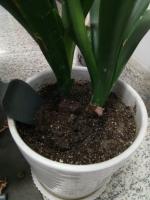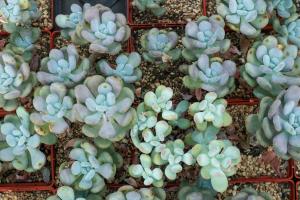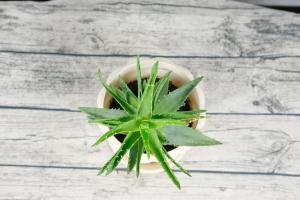Where to Plant Evergreen Trees
Evergreen trees are a great addition to any landscape, providing a year-round burst of greenery and adding structure and dimension to your garden. But before you start planting, it's important to choose the right spot for your evergreens to thrive. Here are some things to consider when deciding where to plant your evergreen trees:
Climate and Soil Conditions
The first thing you need to consider is your climate and soil conditions. Evergreens typically prefer well-drained soil that's slightly acidic, and they do best in areas with moderate temperatures and consistent moisture. However, some evergreens are more adaptable than others, so it's important to choose a species that's well-suited to your region. Some popular evergreens like cedar, redwood, and juniper can tolerate a wide variety of climates, while others like pine, spruce, and fir trees are more sensitive to extreme temperatures.
Sun Exposure
Most evergreens need plenty of sunlight to thrive, but the amount of sun they can tolerate varies depending on the species. If you live in a warm climate, you may want to choose a species that can tolerate partial shade like hemlock or yew. On the other hand, if you live in a colder region, you may want to opt for a species that can handle full sun like spruce or juniper. It's important to research the specific sunlight requirements of the species you're interested in before making a decision.
Space and Size
Another important factor to consider is the space you have available for your evergreens. Different species will grow to different sizes, and you'll want to make sure you have enough room for them to reach their full potential. Some species like arborvitae and boxwood stay compact and are perfect for small gardens, while others like pine and spruce can grow to be quite large, requiring plenty of open space to develop properly.
Wind and Protection
Finally, you'll want to consider the wind exposure in your area and make sure your evergreens are protected from strong winds. If you live in a windy region, you may want to plant your evergreens in a sheltered area or use windbreaks like fences or hedges to shield them from gusts. Properly siting your evergreens will help prevent them from drying out or becoming damaged during storms, ensuring they stay healthy and beautiful all year long.
Choosing the right spot for your evergreen trees is key to helping them thrive and flourish in your landscape. By considering factors like climate, sunlight, space, and wind protection, you can create the perfect environment for your evergreens to grow and thrive, beautifying your garden for years to come.

 how many times do yo...
how many times do yo... how many planted tre...
how many planted tre... how many pine trees ...
how many pine trees ... how many pecan trees...
how many pecan trees... how many plants comp...
how many plants comp... how many plants can ...
how many plants can ... how many plants and ...
how many plants and ... how many pepper plan...
how many pepper plan...































